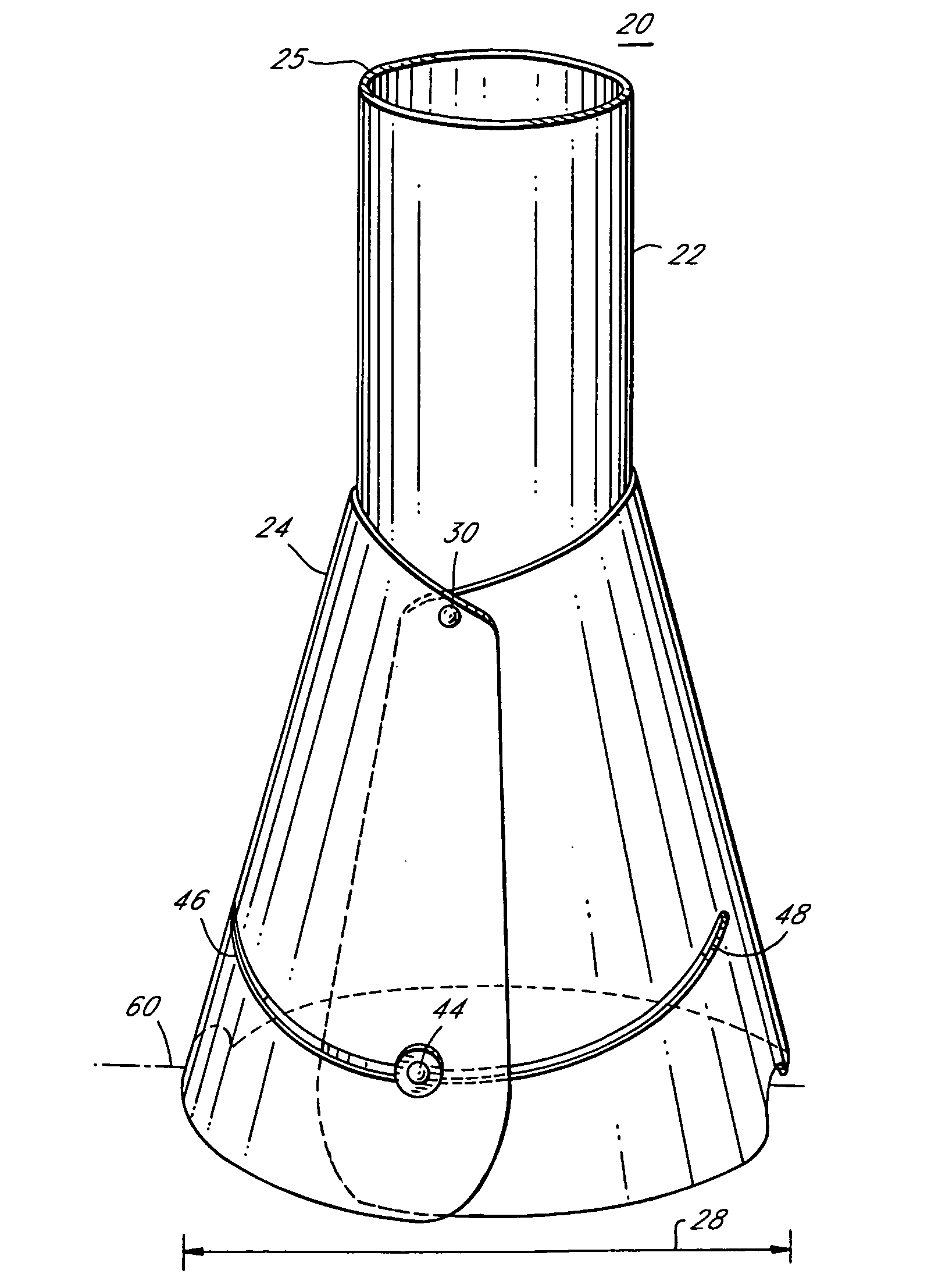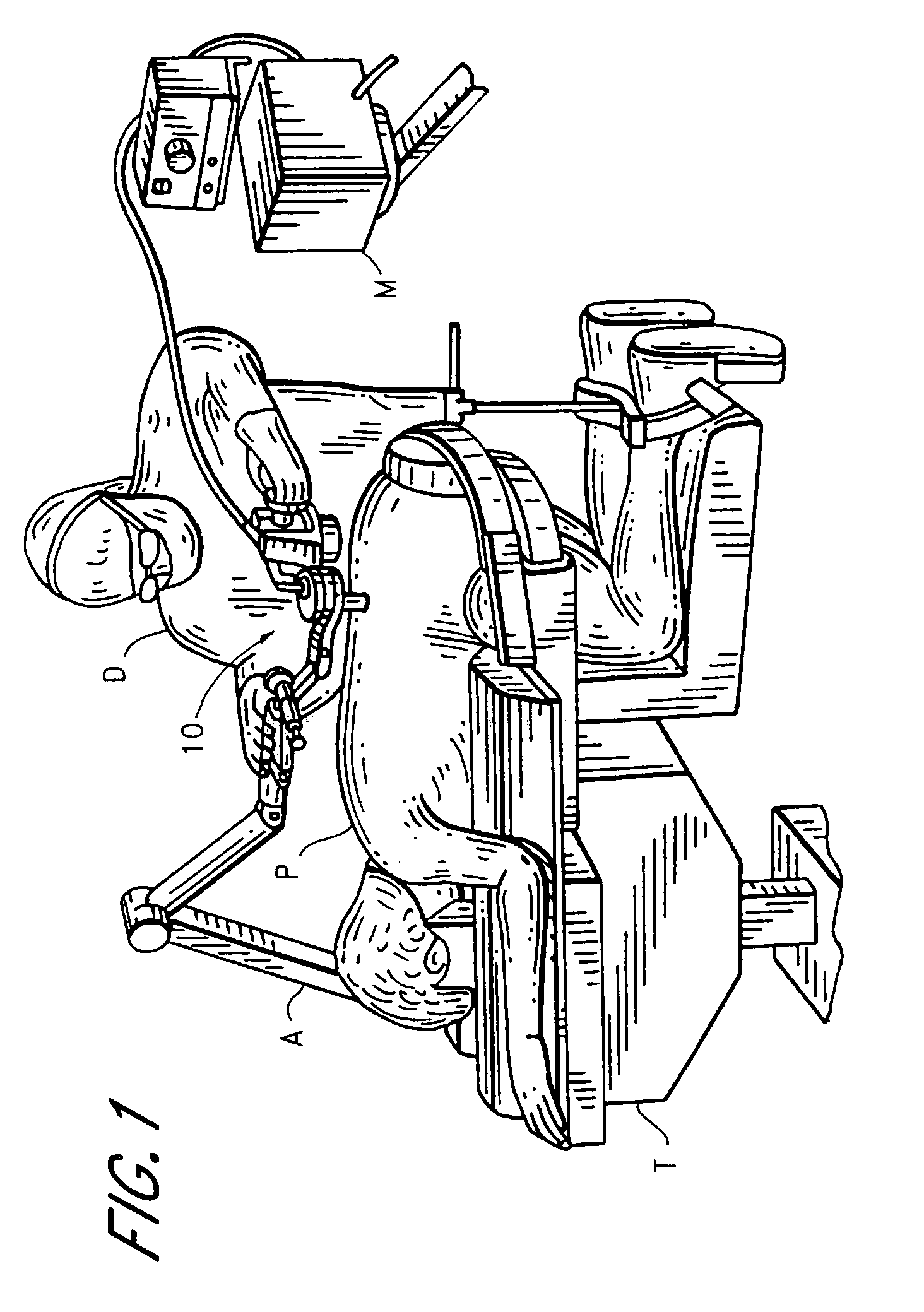Adjustable height access device for treating the spine of a patient
a height access device and patient technology, applied in the field of adjustable height access devices for treating the spine of patients, can solve the problems of insufficient narrow cannula for performing one-level spinal fixation procedures, high scarring risk of traditional surgical procedures of this type, and extended recovery tim
- Summary
- Abstract
- Description
- Claims
- Application Information
AI Technical Summary
Benefits of technology
Problems solved by technology
Method used
Image
Examples
Embodiment Construction
[0304] As should be understood in view of the following detailed description, this application is primarily directed to, though not necessarily limited to, apparatuses and methods for treating the spine of a patient through an access device. More particularly, the systems described below provide access to surgical locations at or near the spine and provide a variety of tools useful in performing treatment of the spine. Some embodiments, discussed below in Section III(B), include an access device that is capable of being adjusted along a longitudinal axis thereof. In some embodiments, such adjustment enables the height (e.g., the dimension of the device from the skin to a proximal end thereof) to be adjusted. An adjustable height access device advantageously allows a surgeon to adjust the height of the access device based upon the anatomy of the patient and the type of procedure to be performed. Also, the systems described herein enable a surgeon to perform a wide variety of methods ...
PUM
 Login to View More
Login to View More Abstract
Description
Claims
Application Information
 Login to View More
Login to View More - R&D Engineer
- R&D Manager
- IP Professional
- Industry Leading Data Capabilities
- Powerful AI technology
- Patent DNA Extraction
Browse by: Latest US Patents, China's latest patents, Technical Efficacy Thesaurus, Application Domain, Technology Topic, Popular Technical Reports.
© 2024 PatSnap. All rights reserved.Legal|Privacy policy|Modern Slavery Act Transparency Statement|Sitemap|About US| Contact US: help@patsnap.com










